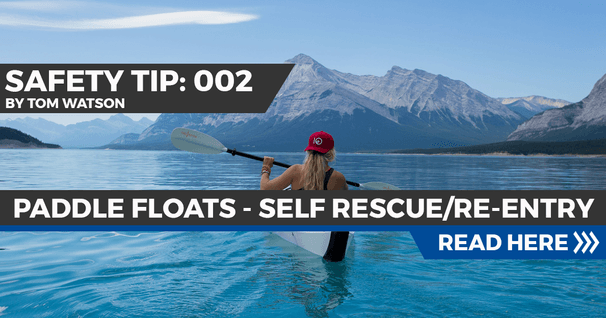3 Techniques All Stand Up Paddlers Should Know
Here are 3 absolute must-know techniques that anyone stepping onto a SUP should know.
~Shop Grey Duck SUP~
We make being on the water more fun, accessible, and enjoyable. Come with us on this journey, you won’t be disappointed.
Stand up paddling is a lifelong pursuit with countless skills to develop and refine, and this is a big part of what makes it so much fun. In this video, we're going to focus on three key techniques that will make you a better and safer paddler.
Getting Back On Your Board
The first technique that all stand up paddlers should know is how to get back on your board if you fall off. First off, if you do find yourself falling off your board, it's important that you fall away from your board and avoid landing on your paddle. It's also important that you don't dive headfirst off your board or pencil in with your feet because you're never sure what's under the surface.
Once you've fallen off, you can either climb back on your board from the side or from the tail. If you climb back up from the side, grab the carry handle and let your feet float to the surface behind you with a strong kick of the legs and pull of the arms, you can drag yourself onto the boat and face down line position.
The other option is to climb up from the tail, and this is easier on boards that let you push the tail underwater as you slide your body onto the board. Once you're back on your board, you have retrieved your paddle, you'll pull yourself up onto your knees. Now, you'll want to look towards the horizon, tuck your toes and one at a time bring your knees up to your chest and place your feet flat on the board. You'll then just press up like doing a squat, keeping your back straight.
Dealing With Waves
The second technique that all stand up paddlers should know is how to deal with boat wake because unless you stick to small bodies of water that don't allow power boats, it's something you'll have to deal with at some point. Of course, the best thing to do is stay as far away from boat traffic as possible, but even still, if there are boats around, there'll be a wake to deal with.
Boat wake can be hazardous when you're launching to land in your board, so make sure you check for incoming wake before doing so. But how do you deal with boat wake on the water? The best thing to do is to lower yourself down to your knees so that you'll be much more stable as the wake passes. Once on your knees, turn your board so that you're headed directly towards the wake because taking the waves head-on is by far the most stable position to be in.
Pivot Turn
The third technique that all stand up paddlers should know is how to do a pivot turn. It's the most effective way to turn your board and you can do it whether you're stationary or moving. The basic idea of the pivot turn is to submerge the tail of your board so that your board can pivot around with the nose elevated off the water. In order to do this, you'll need to move towards the back of the board and into more of a surfer stance. The trick is to find the sweet spot where the nose is lifted off the water, and yet you still feel balanced and in control.
Once you've found the sweet spot, you can take forward or reverse sweep strokes to spin your board around. As you get more comfortable doing this, try moving even further back to sink your tail more. Although this is less stable, the more elevated your nose is, the quicker you can turn your boat. So, there you have it, three techniques that all stand up paddlers should know. I hope you liked this video and if you did, make sure you subscribe to our "Stand Up Paddling TV" YouTube channel and stay tuned for more tips and tricks.
Related Articles
Waterfalls. Rapids. Waves. Surfing. Watch the best whitewater videos of the past year.
The options available to add running lights to a kayak involve several factors including what type…
A paddle float aid is a critical self-rescue/re-entry tool for the lone kayaker. When used as an…
Being on the water, exposed to Mother Nature, means when things do go wrong, they can go very wrong,…




